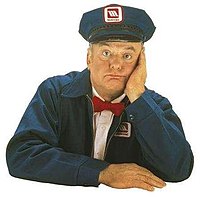I have to confess, I’m a bit of an Adrenaline junkie. I revel in a crisis, I’m challenged and excited about tough problems. Talking to me about a critical deal where we must do something now, energizes me. Show me a bad pipeline that we have to “fix” quickly, I roll up my sleeves and dive in.
As I reflect on my career, most of it has been in solving very tough problems, I’ve done turnarounds as an executive, I’ve been an executive in a couple of high growth start-ups. In our consulting practice, we work with some of the smartest people in the world on tough and urgent challenges.
But there’s a down side to this—organizations can’t sustain constant “crises” mode. They can’t thrive and grow if everything is a crisis. In fact, as I look at our work, while it was crises that caused the client to hire us, our job is to stabilize and fix things. We have to identify the problems, fix them, get aggressive, disciplined execution in place, get the right people in place, get the right strategies, and build a strong cadence around execution and innovation.
Too often, I encounter executives and organizations operating in crisis mode constantly. They struggle, constantly disrupting everything, constantly shifting priorities, strategies, and directions. It does provide the Adrenalin rush they may be looking for, but it’s devastating for the organization, it’s devastating for their go to customer strategies.
If we are to drive constant improvement in our organizations, we have to move beyond responding to crises. We have to develop strong, stable execution strategies, we have to help people understand how to perform and maximize their performance. We have to create processes and cadences that enable consistent execution.
We avoid crises, by constantly learning and innovating. Don’t mistake the “non-crisis” mode of operation as not changing or being complacent. In fact the best of organizations are committed to continual improvement–but if you don’t have strong/disciplined strategies and processes in place, it’s impossible to know what to change, what has the most impact.
In some ways, the job of the CRO may look like the Maytag Repairperson of old.

*adrenaline
Oops, thank you! Corrected 😉